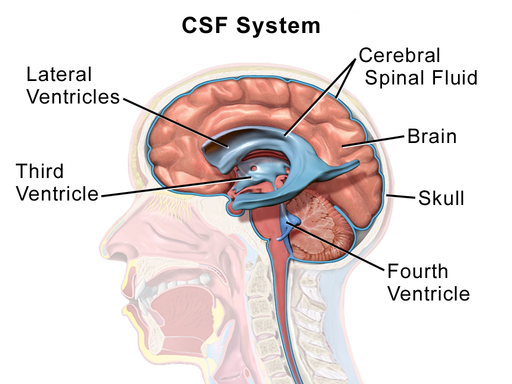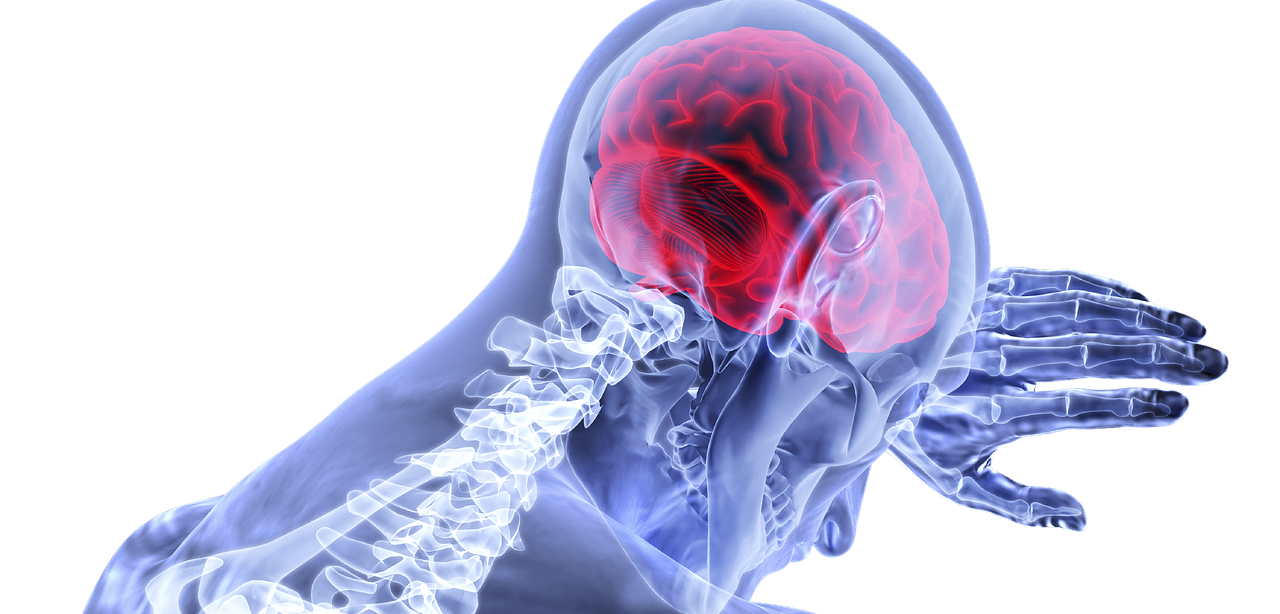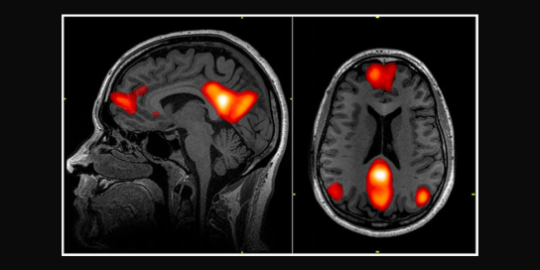The brain is one of the most important organs in our body. It controls how we move, stores our memories and determines our personalities. We can’t live without it. The brain makes up only 2% of our total body weight; however, it consumes 20% of the total oxygen and energy needed by the body to function. This is because it never turns off, and it spends almost as much energy when we are sleeping as when we are awake. It does different work though: when we are awake, the brain’s tasks include resolving problems, moving the body and remembering facts. When we are asleep, however, it repairs and cleans itself while also making sure it keeps the important memories we made during the day and testing how we would react to different situations, which is one of the reasons we dream.
The brain is a very complex organ and so is its structure. Like the rest of our body, it is mainly made of cells, proteins and water. Everybody knows what a brain looks like: a pink-ish organ that resembles a walnut. Like the walnut, it is wrinkly, and it has two (almost) symmetrical sides, also called hemispheres: the right hemisphere and the left hemisphere. The right hemisphere is in charge of controlling the left side of the body, and vice versa. One of them is usually more dominant than the other, which determines if a person is left or right-handed.
 Cerebrospinal System
Cerebrospinal System
The brain is surrounded by a protective liquid called cerebrospinal fluid, or CSF, that acts as a cushion when we bang our head. This liquid is created in, and fills in, the cavities in the middle of the brain called ventricles. It also covers and protects the spinal cord. The brain is purposefully floating inside the skull, so its total weight is, in effect, reduced by 98% (so it only weighs 2% of what it should). If it wasn’t floating, it would crush itself against the bottom of the skull so it would not be able to function properly. But an excess of CSF is not good either; too much CSF in an infant can make their head much bigger than the norm because their skull is not completely fused yet; this condition is called hydrocephalus. In adults, as the skull is solid, an excess of CSF causes increased pressure inside the skull, which can lead to complications such as awful headaches, visual impairment and hearing problems.
There are several different types of cells in the brain, depending on their functions. For example, there are epithelial cells, which are in charge of creating CSF, and neurons, in charge of transmitting information. There are endothelial cells, which stay together to be blood vessels, and astrocytes, which make up a big portion of the brain tissue and have many functions such as helping other cells with their work while keeping the structure of the brain. All these cells work together to make the whole organ function, and they are very good at what they do. Can you remember the funniest thing that happened last week? You can thank your brain cells for the memory!
 Phineas Gage
While you might have heard otherwise, it is not true that we only use 10% of our brain. As a matter of fact, we use all of it but at different moments. Different parts of the brain take charge of different tasks. Therefore if we are running while being silent, the area of the brain in charge of speech will not be working, while the movement area will be very busy. Determining which areas are in charge of each task is quite difficult, and it gets worse with complex tasks such as storing memories or making up our personalities. Scientists in the past, however, had a very convenient approach to this problem: if they found a person with a lesion in a specific part of the brain, they could study them and figure out which function (or functions) their brain could not do, and from that they assumed that that specific region was in charge of those roles. For example, on 1848, a railroad constructor named Phineas Gage had an accident while working: an iron pole passed through his head, destroying an area known as the left frontal lobe. Phineas survived this accident, but his personality and behaviour changed drastically. For example, he transformed from an efficient hard-working and responsible person into an antisocial, disrespectful man. His general intelligence did not change, however. This incident allowed scientists to discover that the frontal lobes are our emotional control centre.
Phineas Gage
While you might have heard otherwise, it is not true that we only use 10% of our brain. As a matter of fact, we use all of it but at different moments. Different parts of the brain take charge of different tasks. Therefore if we are running while being silent, the area of the brain in charge of speech will not be working, while the movement area will be very busy. Determining which areas are in charge of each task is quite difficult, and it gets worse with complex tasks such as storing memories or making up our personalities. Scientists in the past, however, had a very convenient approach to this problem: if they found a person with a lesion in a specific part of the brain, they could study them and figure out which function (or functions) their brain could not do, and from that they assumed that that specific region was in charge of those roles. For example, on 1848, a railroad constructor named Phineas Gage had an accident while working: an iron pole passed through his head, destroying an area known as the left frontal lobe. Phineas survived this accident, but his personality and behaviour changed drastically. For example, he transformed from an efficient hard-working and responsible person into an antisocial, disrespectful man. His general intelligence did not change, however. This incident allowed scientists to discover that the frontal lobes are our emotional control centre.
Our brain is as complicated as it is important. If you think about it, right now your brain is actually reading information about itself. How remarkable is that?






Rate and Review
Rate this article
Review this article
Log into OpenLearn to leave reviews and join in the conversation.
Article reviews
I Don't think Neuroscience has Found the Answer to This , Yet !